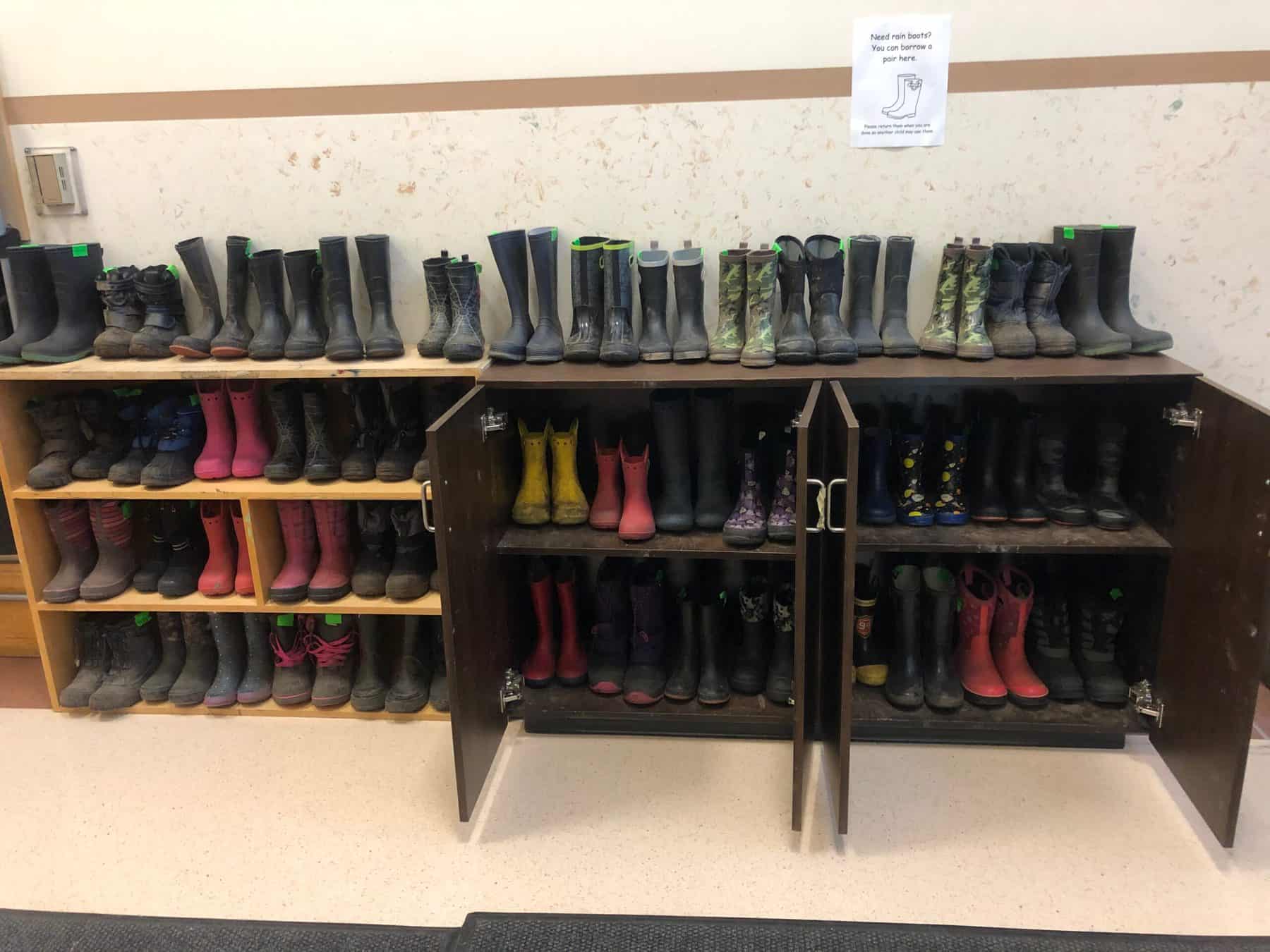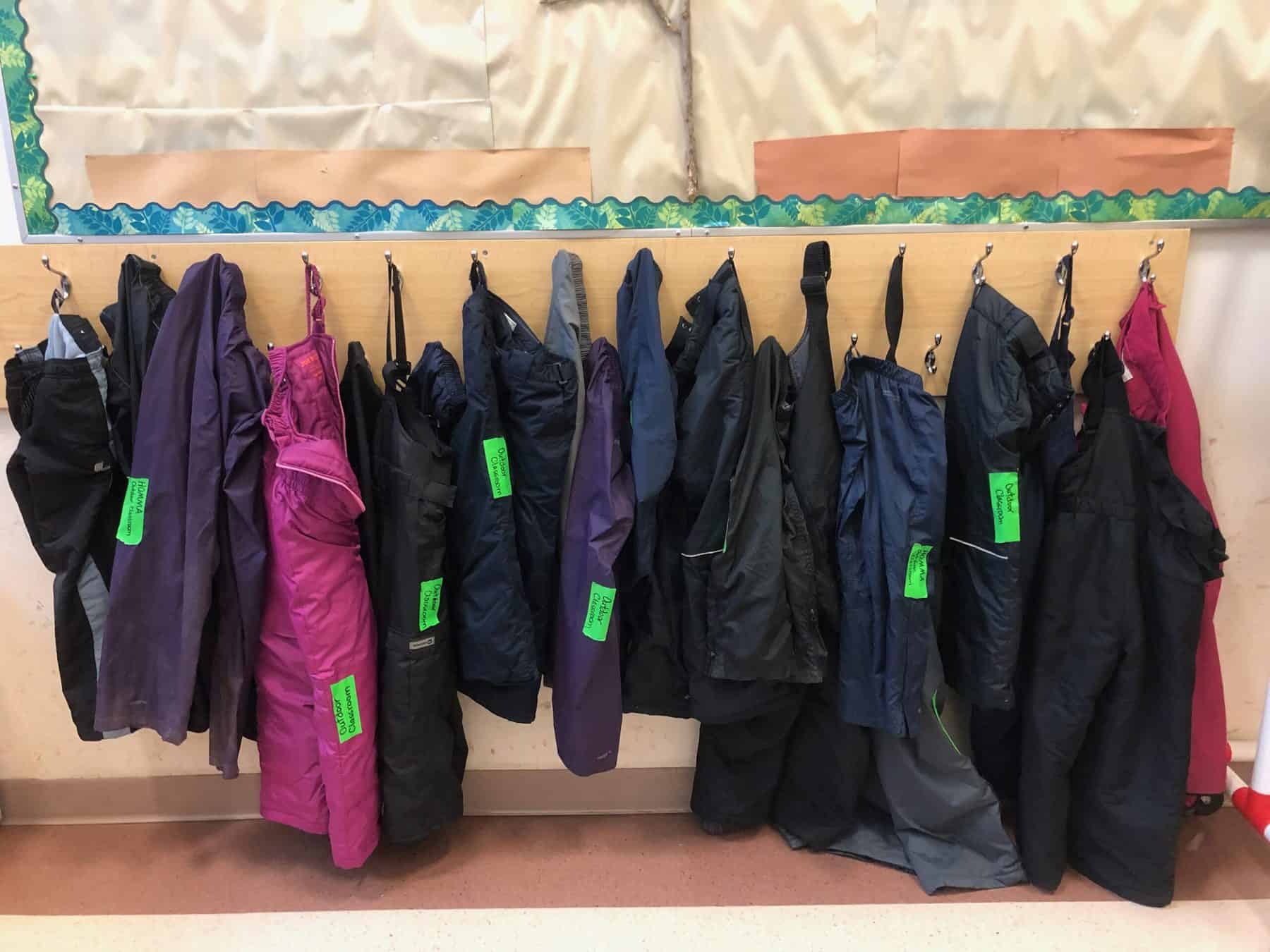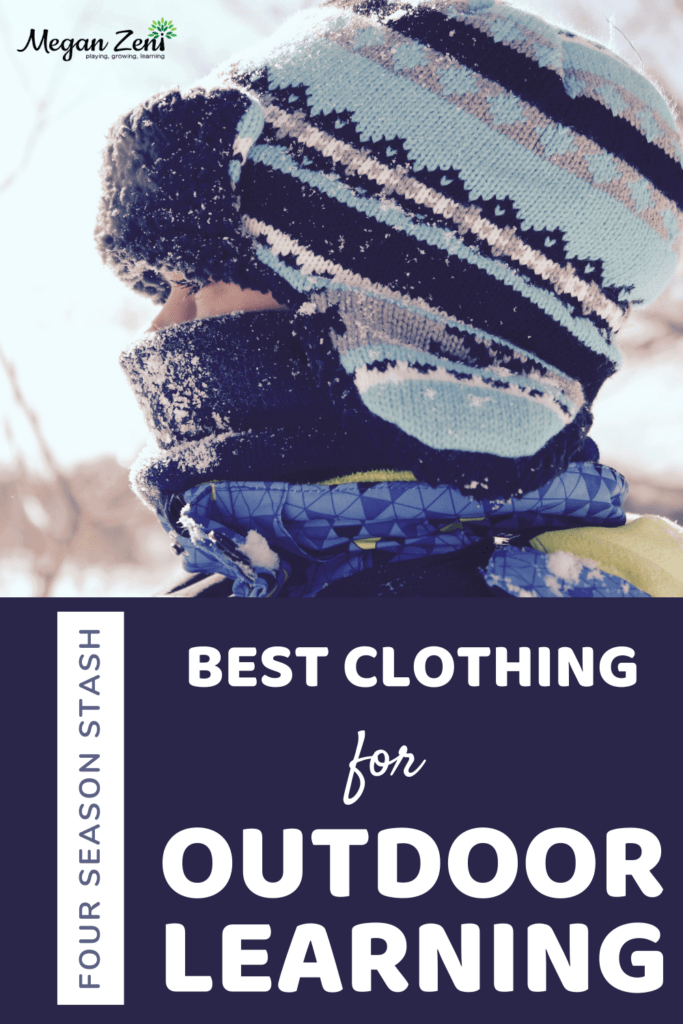- filed under: Getting Started, Inclement Weather
Best kid clothing for learning outdoors
Learning outdoors has been around forever. With a commitment to reducing communicable disease transmission, our kids are likely to spend even more time outdoors at school going forward. For some families this is a welcome acknowledgment of what they know to be true: kids are happier, healthier, and learn more authentically when they spend lots of time outdoors. Many families know you don’t have to spend a fortune to keep kids warm and dry outdoors. These families can link you to your local online swaps and second hand shops that have the best gear for the lowest prices. Shop the sales, and ask for hand-me-downs! If your family doesn’t already spend a lot of time outdoors, you may need to shift your purchasing habits this year. Think wool instead of cotton, and Gore-Tex instead of polyester. This post may be helpful for families looking for recommendations for the best kid clothing for learning outdoors in all seasons.
Best clothing for learning outdoors in fall
Fall is a shoulder season that sometimes pairs cold and chilly mornings with blistering hot afternoons. To prepare your child for outdoor learning in the fall you’ll need to keep an eye on the weather forecast. Strategic use of layering natural fibres and moisture wicking materials are essential, especially if your child will be in and out of the school throughout the day. Consider a pair of waterproof hiking boots for your child this fall. They’re comfortable and grippy like running shoes, but waterproof like a boot. Kids like them because they can run and play, and teachers like them because they keep feet dry and warm! They can often be purchased for the same price (or less!) then a regular running shoe too. If you’ve got a puddle jumper, though, stick to a good quality rubberized rain boot. Here is a list of other items to consider gathering this fall for back-to-school:
- sunscreen- apply in the morning before school
- sunhat & sunglasses- label these!
- good waterproof hiking boots– consider a waterproof (Gore-Tex) and breathable boot so feet don’t get sweaty when it warms up in the afternoon. In all seasons, avoid open toe shoes, even on warm days.
- rubberized rain boots if your child likes standing or jumping in puddles
- merino wool socks- kids like merino wool for its non-scratchy warmth in the morning, and its breathability in the afternoon. I have several favourites, but look for a pair with high merino wool content and if your child is prone to cold feet, try skier’s socks for a more full calf coverage. Shop the sales, and try a variety of pairs to build up your stash. Mountain Equipment Co-op (MEC) has lots to choose from.
- good quality rain pants (these need to be waterproof, not just splash pants)
- a Muddy Buddy if your child is under 7. A muddy buddy is a one piece rain suit that keeps all clothing clean and dry and is easy for young children to put on themselves.
- a waterproof rain jacket with a hood (can be purchased as a set with pants)
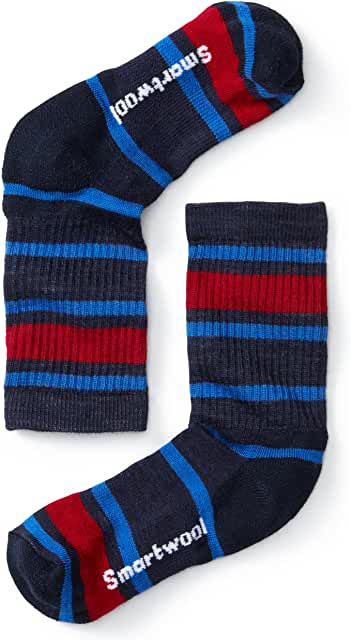
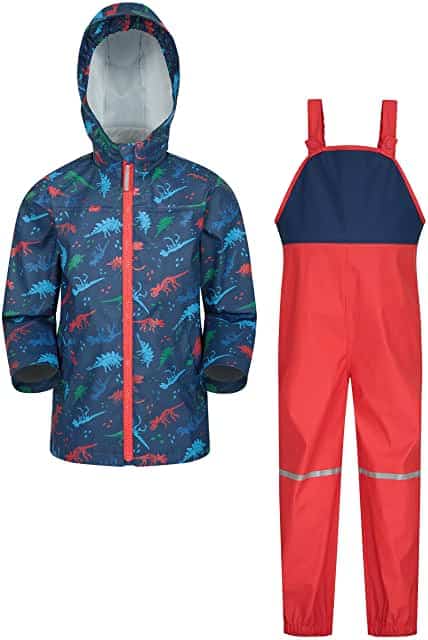
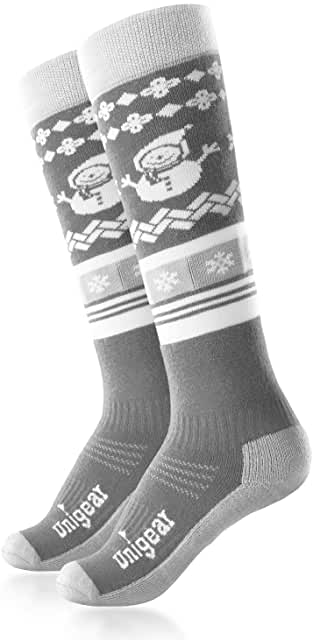
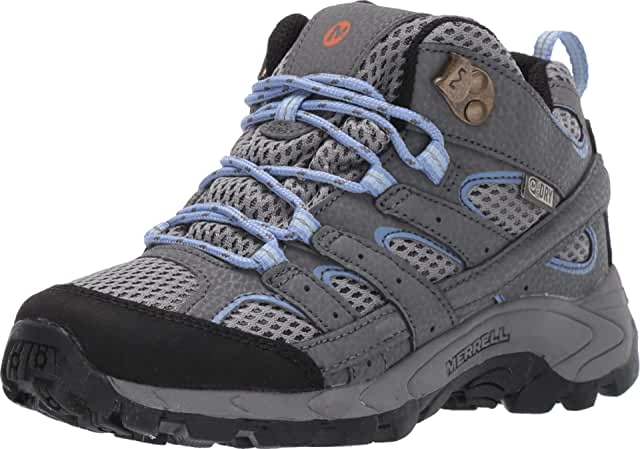
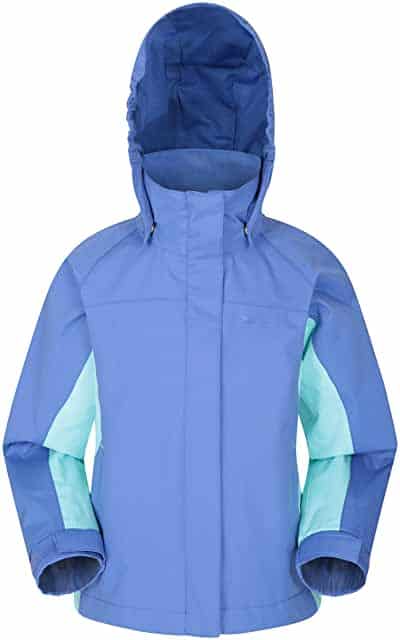
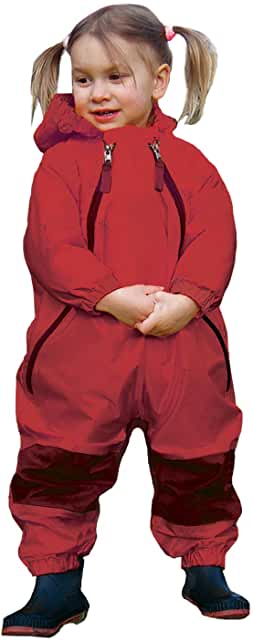
Top Tips For Getting Kids Ready For Winter Outdoor Learning
In winter, merino wool is ideal because it helps keep kids from over heating. Wool is naturally both cooling and warming, so kids can wear a base layer all day outdoors, and not be uncomfortably warm once they are back inside class. It also helps maintain a constant body temperature so kids do not suffer the chill that comes from taking off too many layers to compensate for feeling overheated when they come inside. Frequently kids peel off all their layers, and then find themselves chilled shortly after. This is easily avoided with a good quality base layer, often called “long underwear”.
Good quality base layers are light weight and comfortable to wear all day long. I’d recommend considering a base layer as an essential purchase this year. Even if your kids are not going to be learning outside for long stretches of the day, you can be sure the classroom windows and doors will all be open for most of the day. Find a pair your kid thinks are comfortable and stock up on multiple sets. This set from Mountain Warehouse is inexpensive and my own kids say they are very comfortable.
Whatever you pack, practice with your child how to remove items from their backpack and put them on by themselves. Do this for several weeks before the cold weather arrives. Teachers may have limited capacity to help children dress and undress going forward. Here are helpful steps to practice:
- GO TO THE BATHROOM FIRST!
- Put on a base layer, if not already wearing it to school
- add a mid layer, if not already wearing one (a fleece vest or track pants, for example)
- Then put on rain or snow pants
- Now put boots on the correct foot
- Practice pulling the cuff of the rain or snow pants over the top of the boots to the ankle (this is an essential step for keeping socks and feet dry!)
- Now put on the coat
- if the weather is particularly cold, a gator or scarf is next
- Practice zipping up the coat BEFORE putting on gloves and mitts
- Hats go on next, then waterproof gloves or mitts are last
If your child is complaining they are cold, they likely need another mid-layer or a better quality base layer. Consider sending your child to school wearing a base layer under their school clothing if they are suffering from cold hands and feet, but already have good quality gloves and boots. A warm torso can help keep extremities warm too. For winter you might want to upgrade to a rain or snow boot to keep feet dry. Bogs are popular with kids because they are insulated, rubberized, neoprene boots that act as both a rain and snow boot.
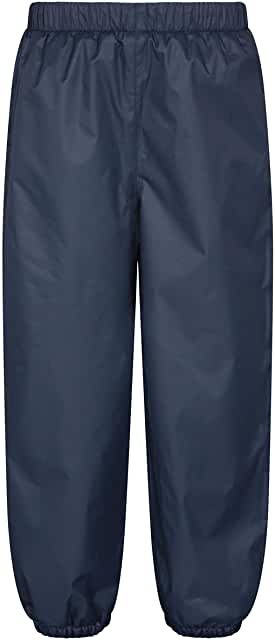
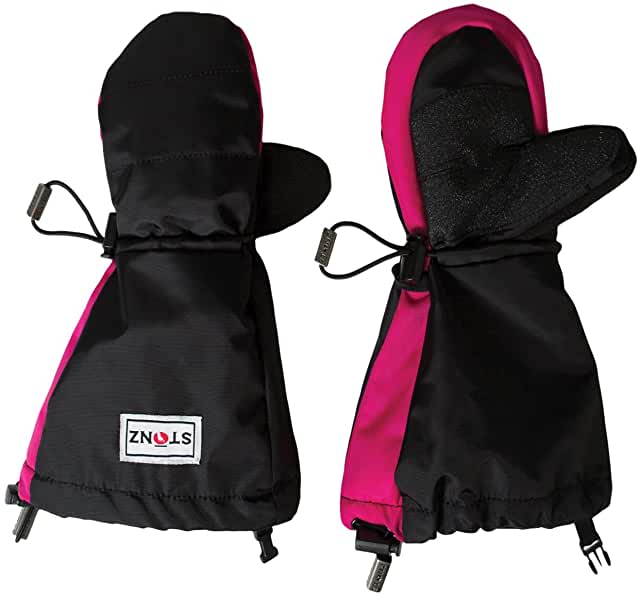
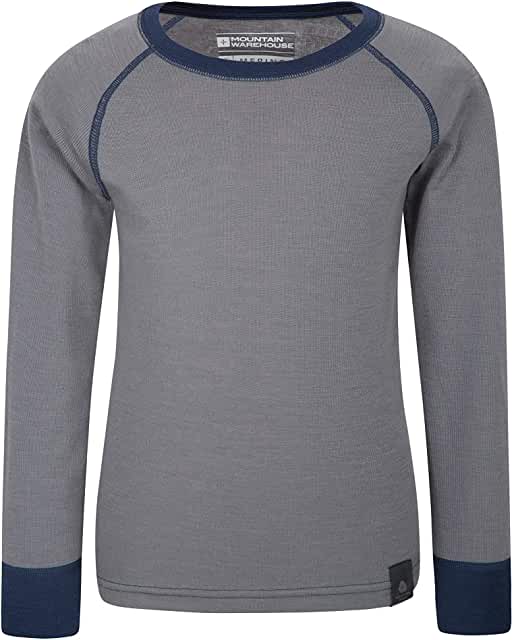
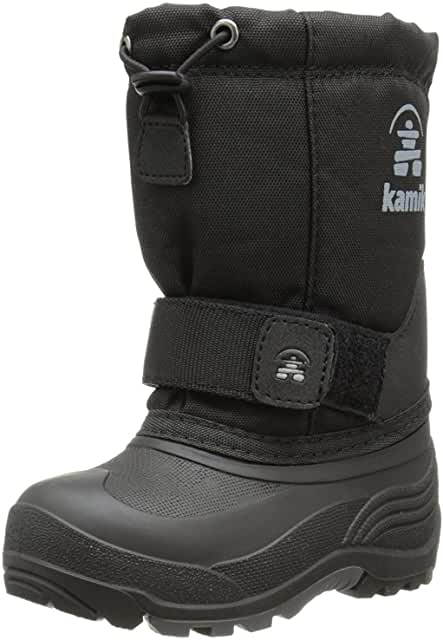
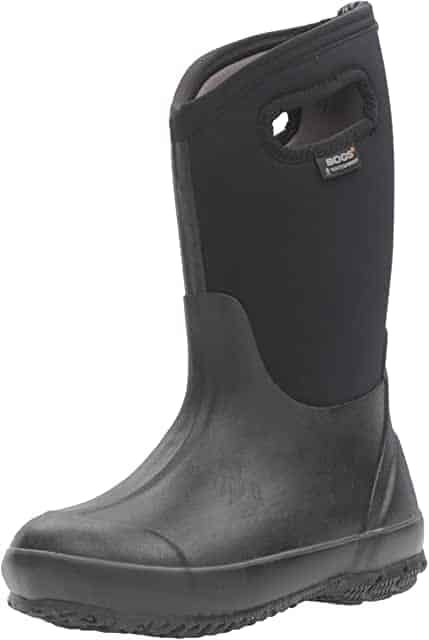
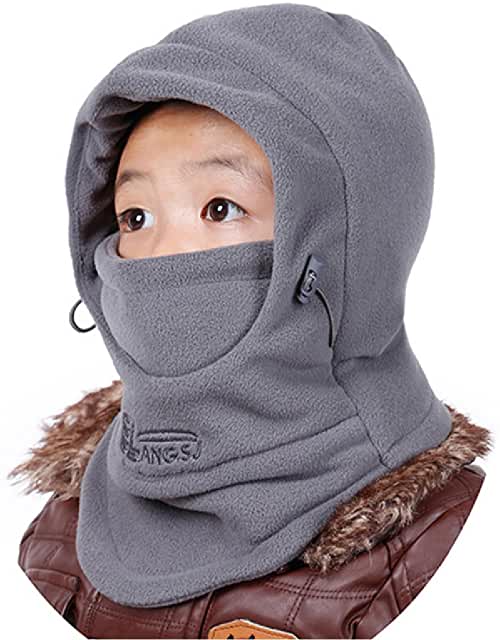
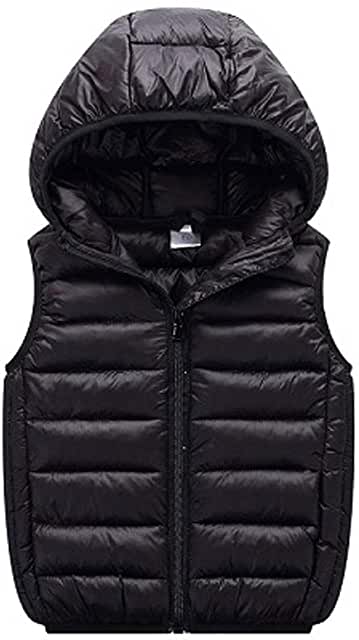
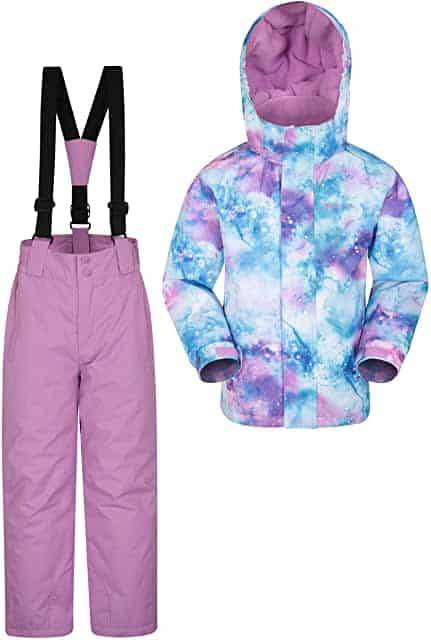
And if you are in a community that might struggle to purchase outer wear for kids year over year, consider starting a lending library. Items can be sourced from community donations of gear kids have outgrown, or collected from your lost and found. Ask your local retailers if they’ll consider donations. If your school does fundraising (sales of magazines or chocolates etc) look instead for ways to sell boots and coats and rain pants through these fundraising efforts. Organizations like Oaki work with schools to provide low cost gear for kids.
Here is a glimpse at what our lending library looks like. There are no due dates in our library. Families can take what they need for a week or a season. We only ask they return it when they are done, and we certainly receive far more than we give!
